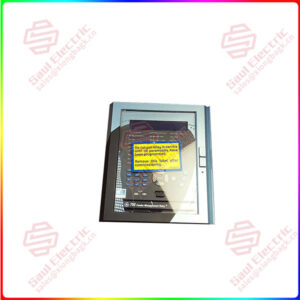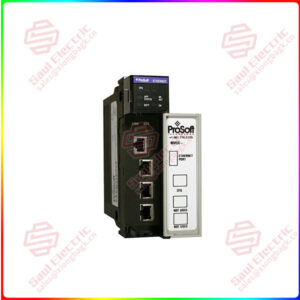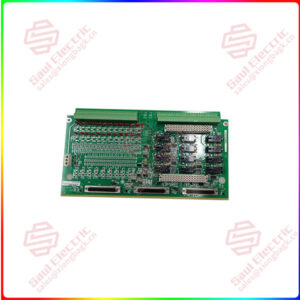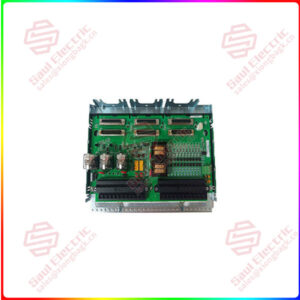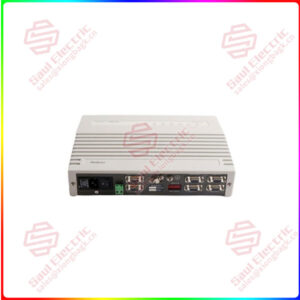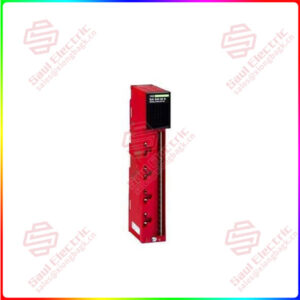such as: Whether DQ module supports pulse width modulation PWM DI module supports integrated counting function AI module supports variable range can be selected according to the requirements of these differences, if there are other requirements such as signal type, measurement range and measurement error can be selected by referring to the technical specifications of the module in the manual. Here for you to explain the diagnostic function of the IO module, they include basic diagnostic function, module diagnostic function, channel diagnostic function. The basic diagnosis function is mainly for the BA analog input module, which supports the fault diagnosis at the module level. The configuration mode of the diagnostic function includes module configuration and channel configuration. The former can set the diagnostic function according to module, while the latter can set the diagnostic function according to channel, as shown in Figure 2.


 1 Year Warranty
1 Year Warranty

